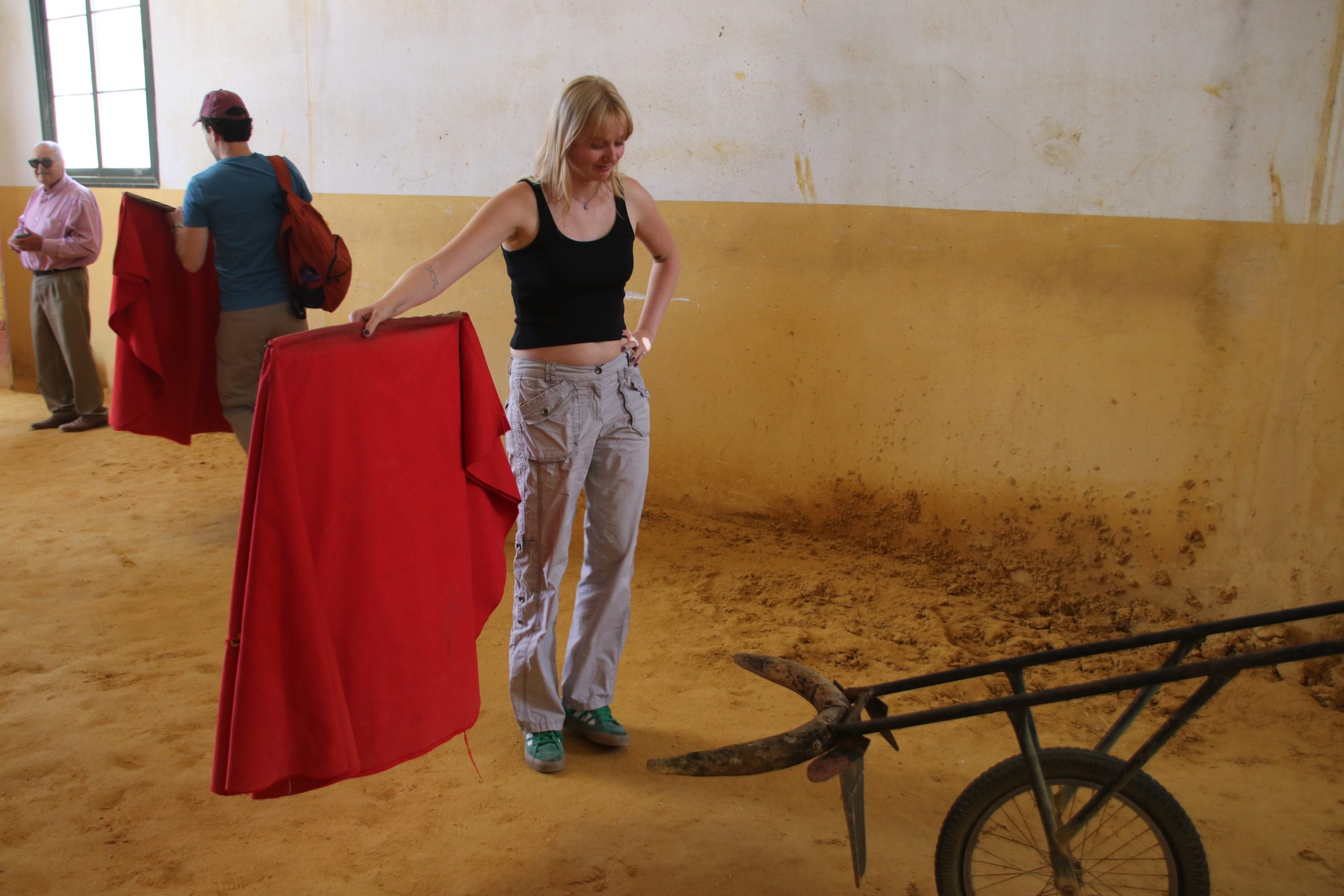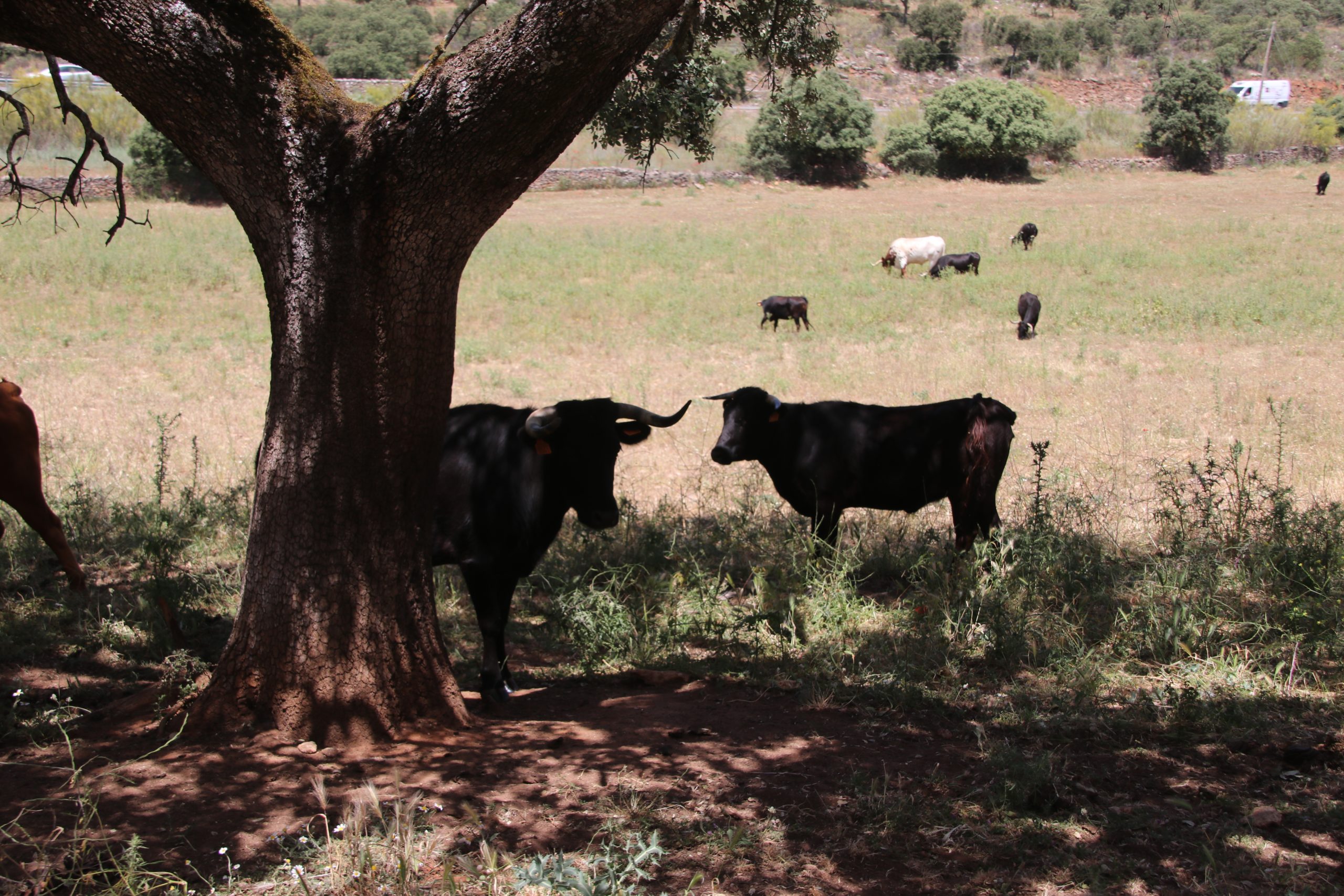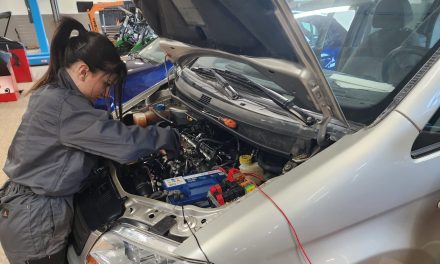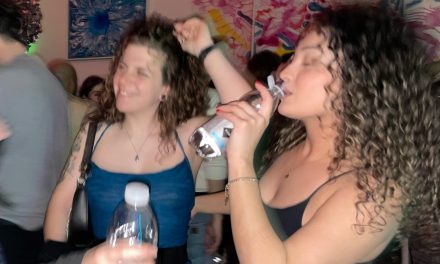Bullfighting and Spanish culture are closely connected, since 2013 it’s even declared a cultural heritage. Despite this, there are a lot of citizens that view bullfights as cruel and unethical since the bulls used for fighting endure pain and get killed in the arena. On the other hand, the breeders claim that bulls live a great life and that what happens in the arena is an act of honour.
“What is more important? Four years living in a paradise or twenty minutes in a ring? says Fransisca Bocanegra, guide at the bullfarm Reservatauro.
It’s a warm and sunny day in the Spanish city Ronda, located about fifty kilometres inland from the coast. To get to Ronda from the sea you will have to travel through the rocky mountains on narrow roads that offer an eye-catching view of the landscape.
Ronda is famous for its bridge that splits the city in half while also offering a breathtaking view since the town is located 750 metres over sea level. But the city is also known for being home to the oldest bullfighting ring in Spain, also said to be one of the most beautiful bullrings in the county. Every September since 1954, the annual bullfight Goyesca has been hosted here, and the first bullfight in this arena took place as early as in 1785.
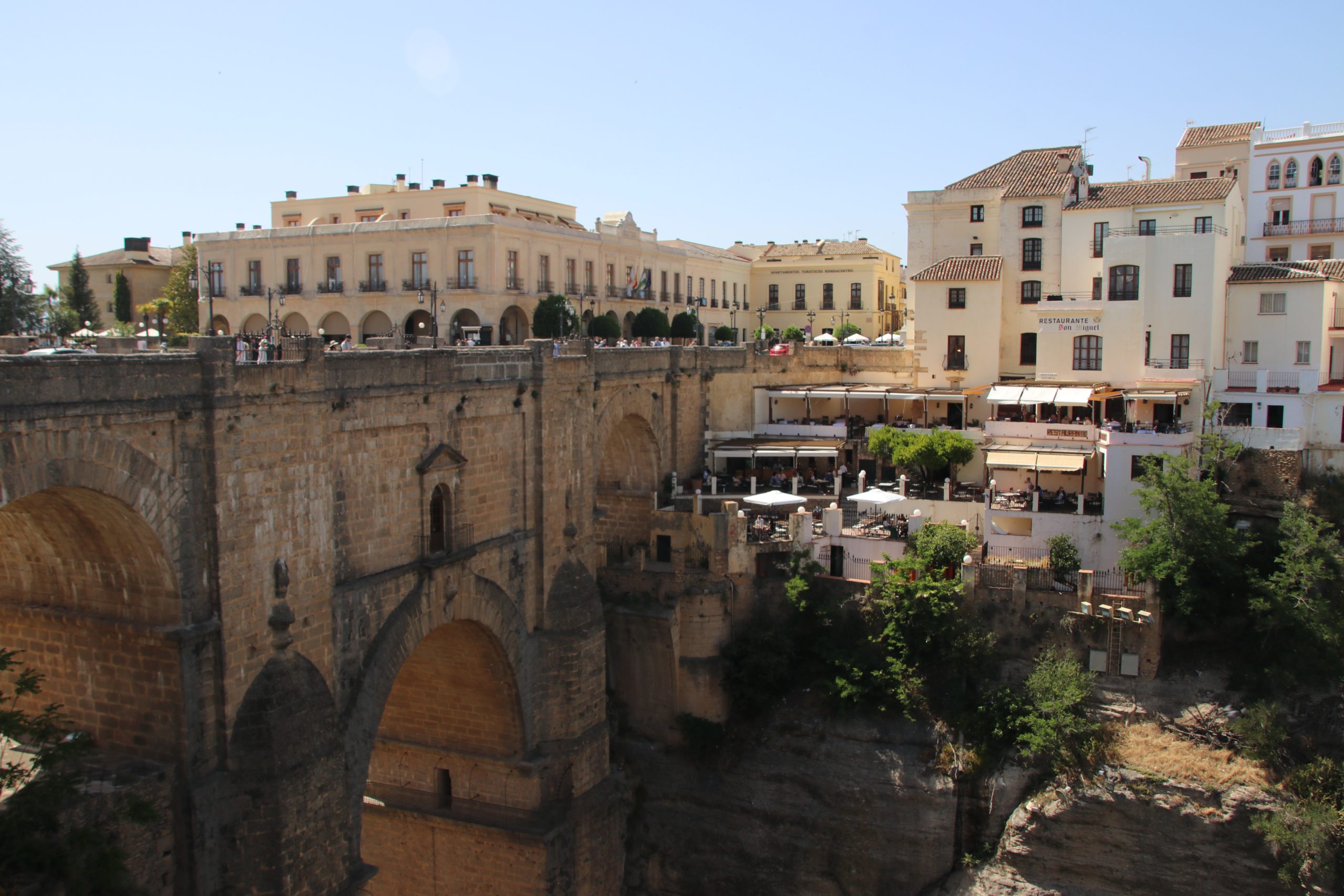
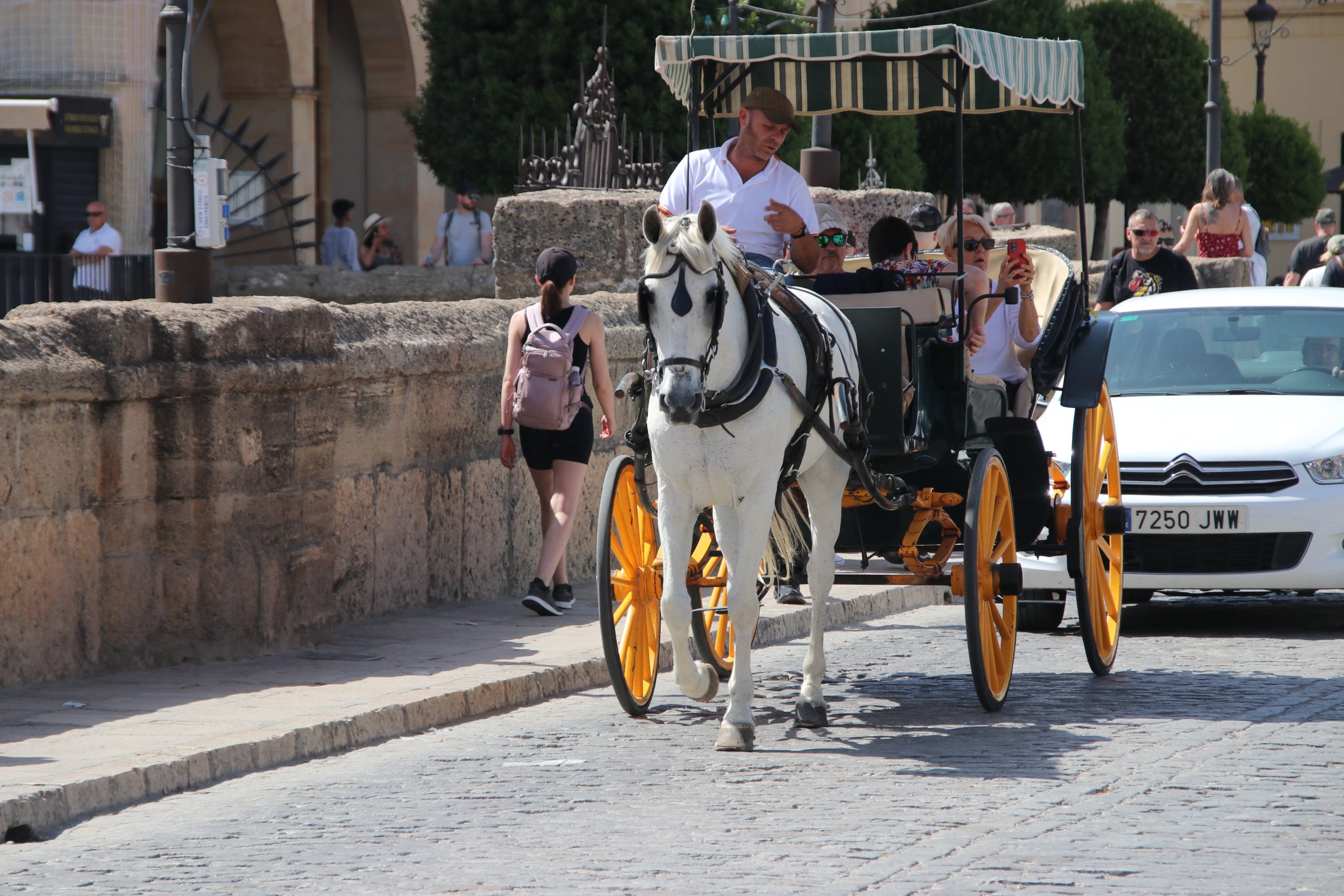
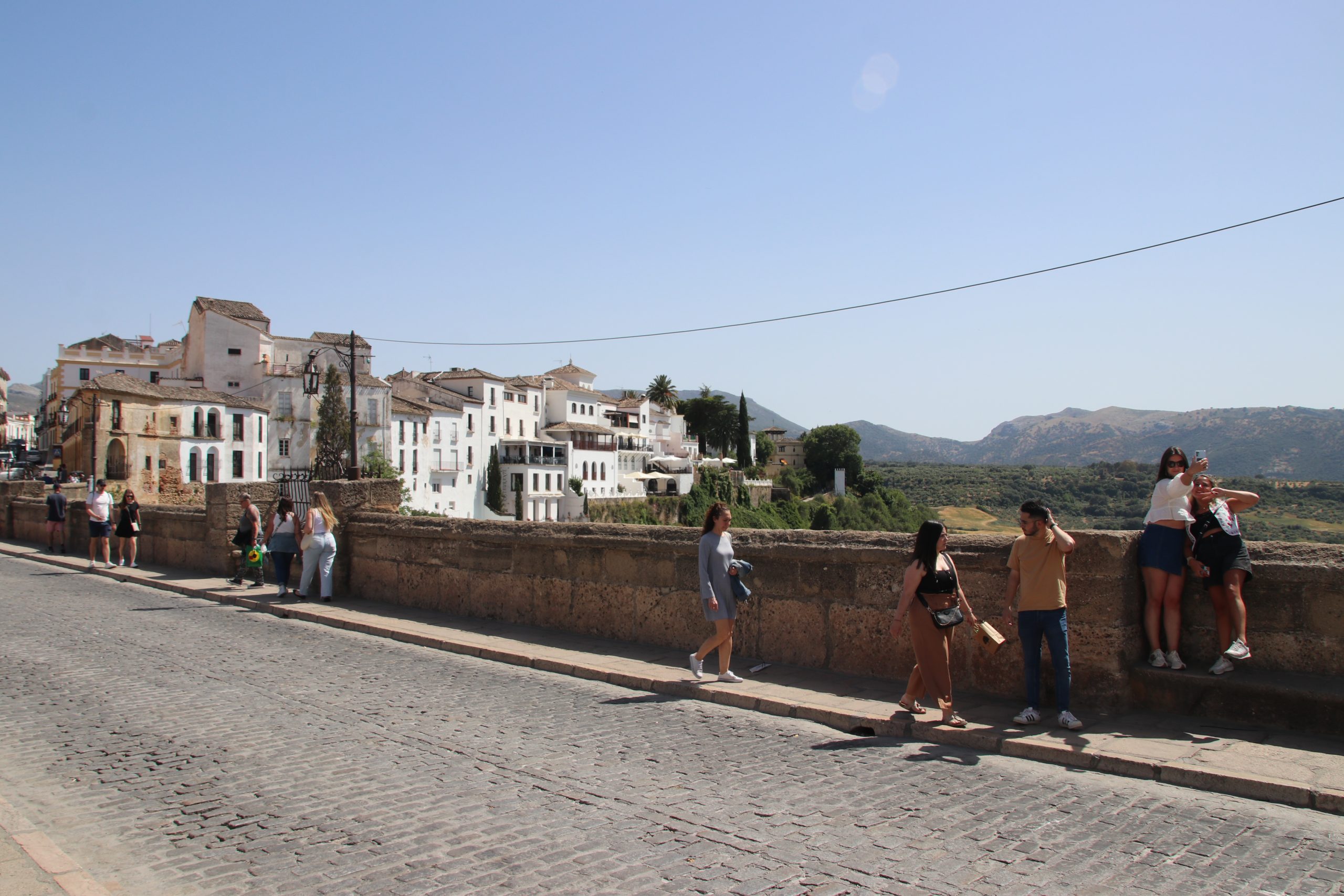
On the streets surrounding the “Plaza de Toros de Ronda” a lot of tourists have gathered. When the arena is not used for bullfighting, it’s open for visitors to come and learn about the heritage of bullfighting and there is a museum inside to learn about the rich history of bullfighting that exists in Ronda.
As you walk through the arena you feel the soft sand under your feet, when you look up from the middle of it you see the blue sky. The fence separating the audience from the bull and the matador is decorated with bows and paintings of bulls. One visitor poses as a matador holding a cape for the camera in the middle of the arena. There are usually no bulls here since this arena is only used for bullfighting in August.
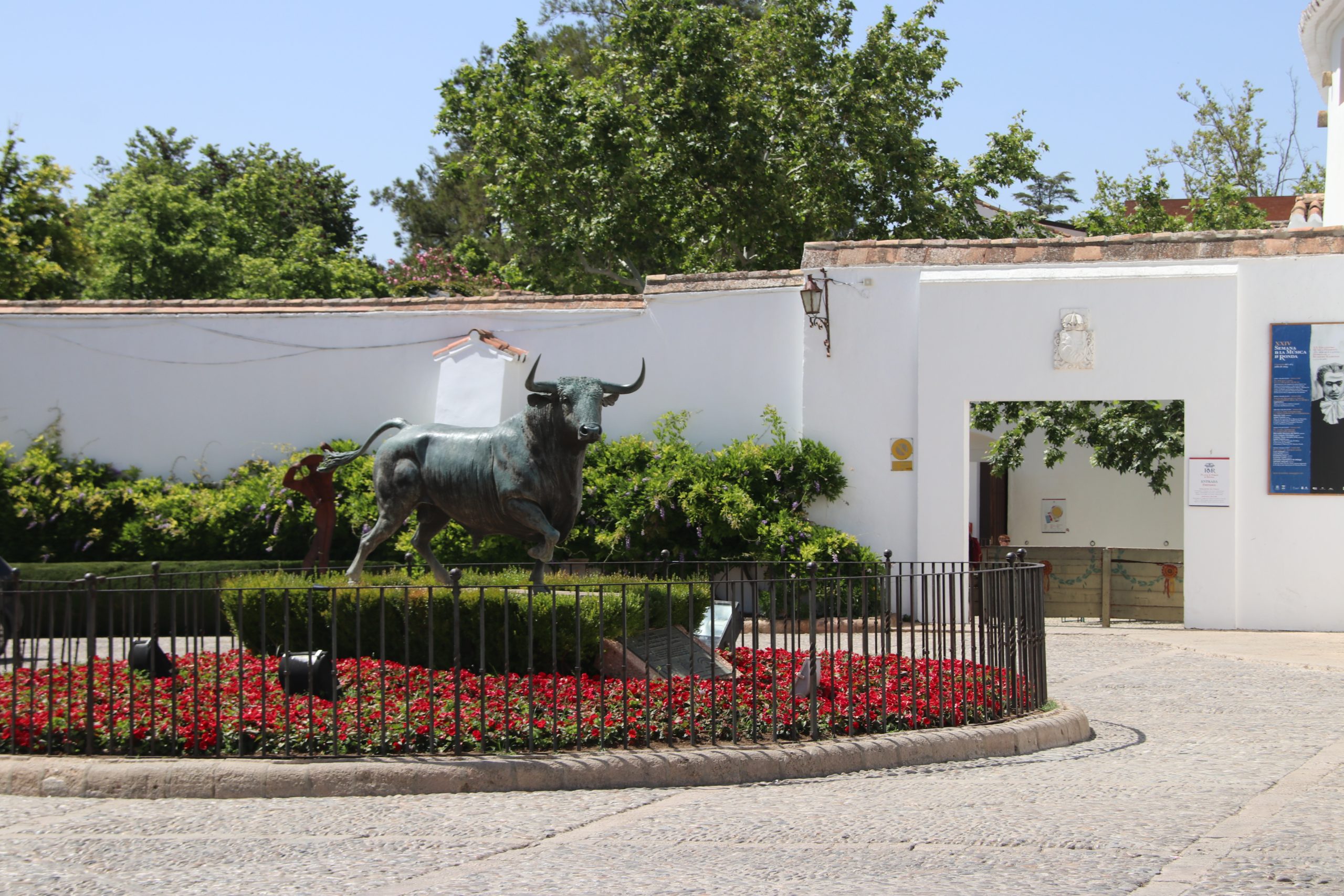
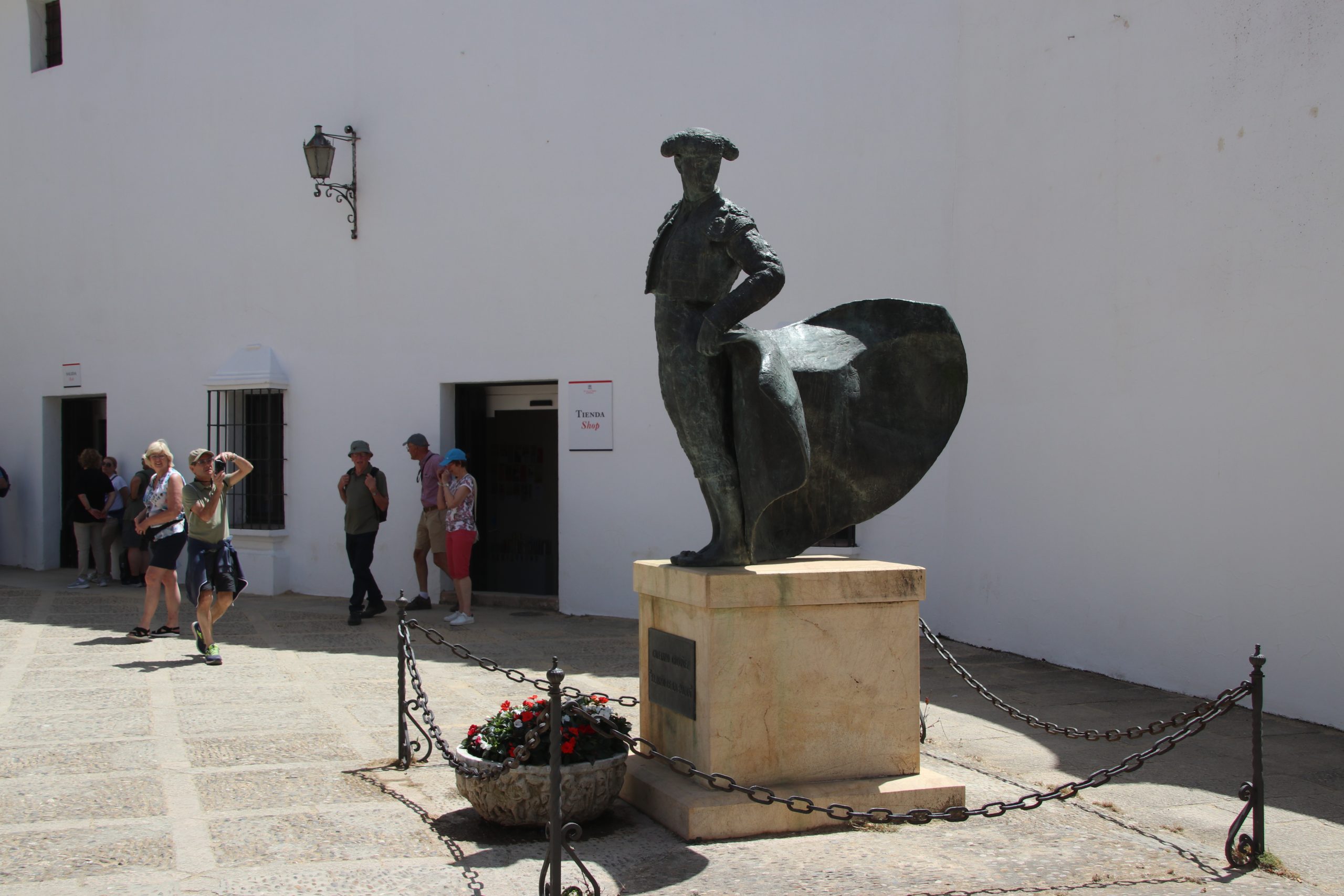
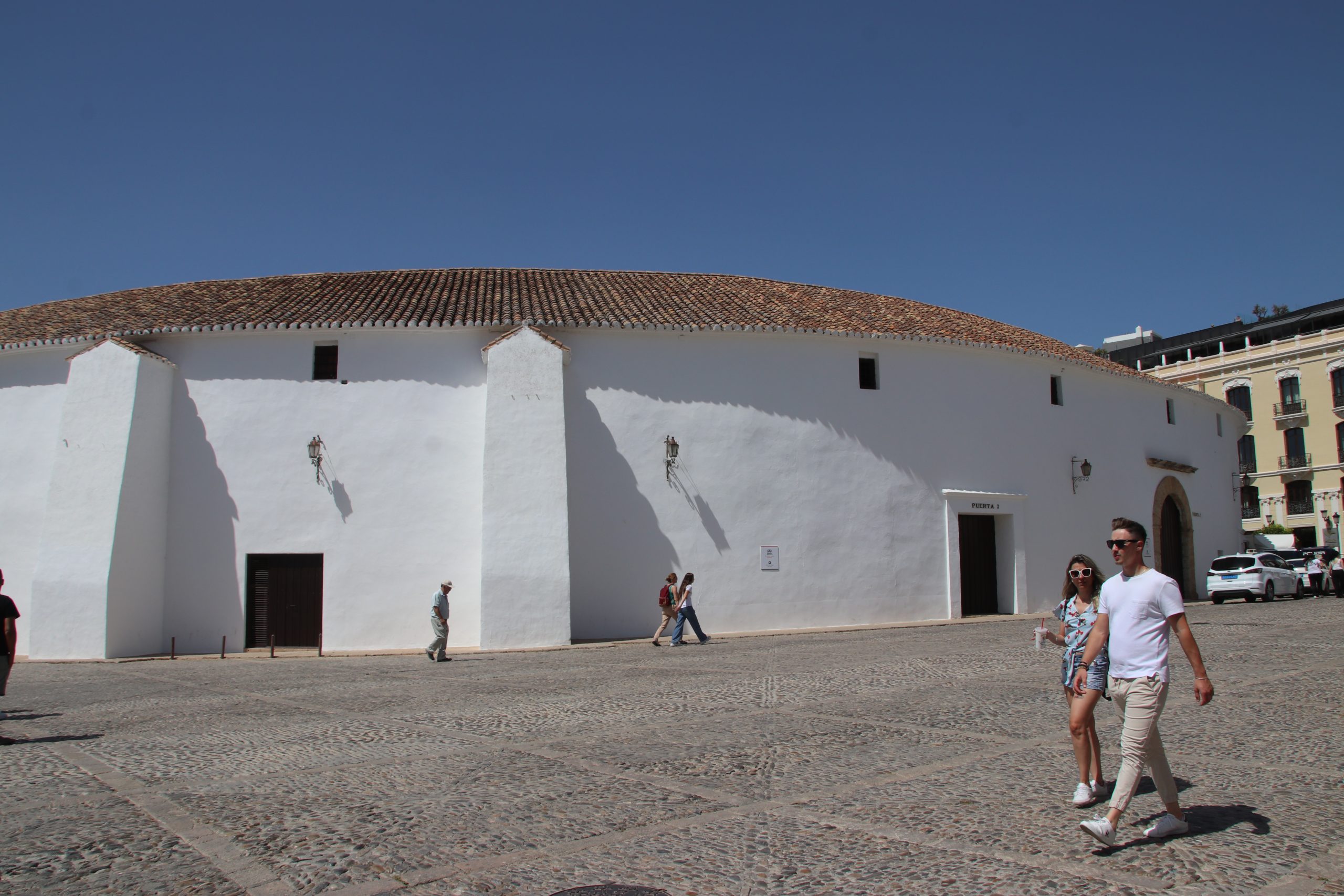
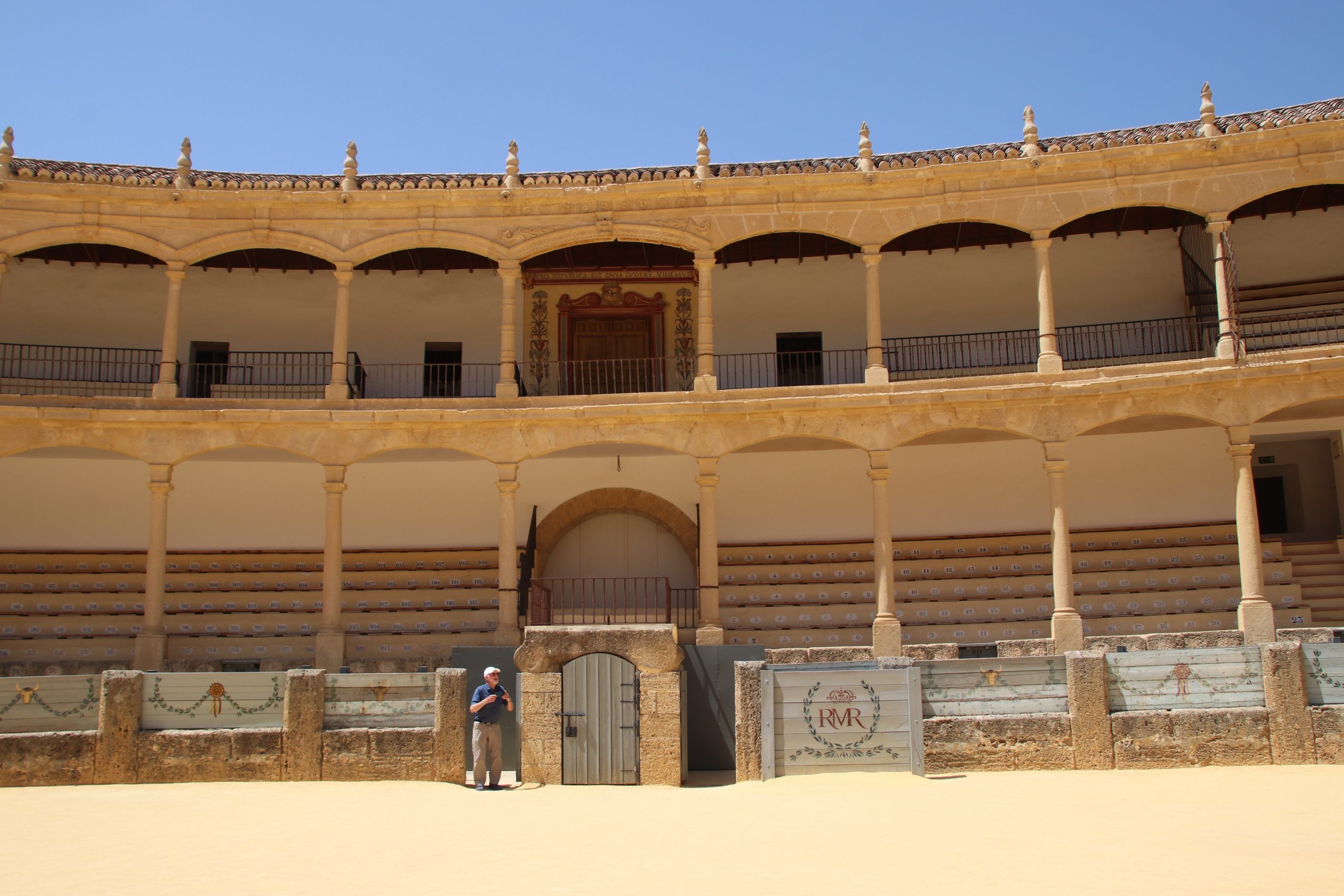
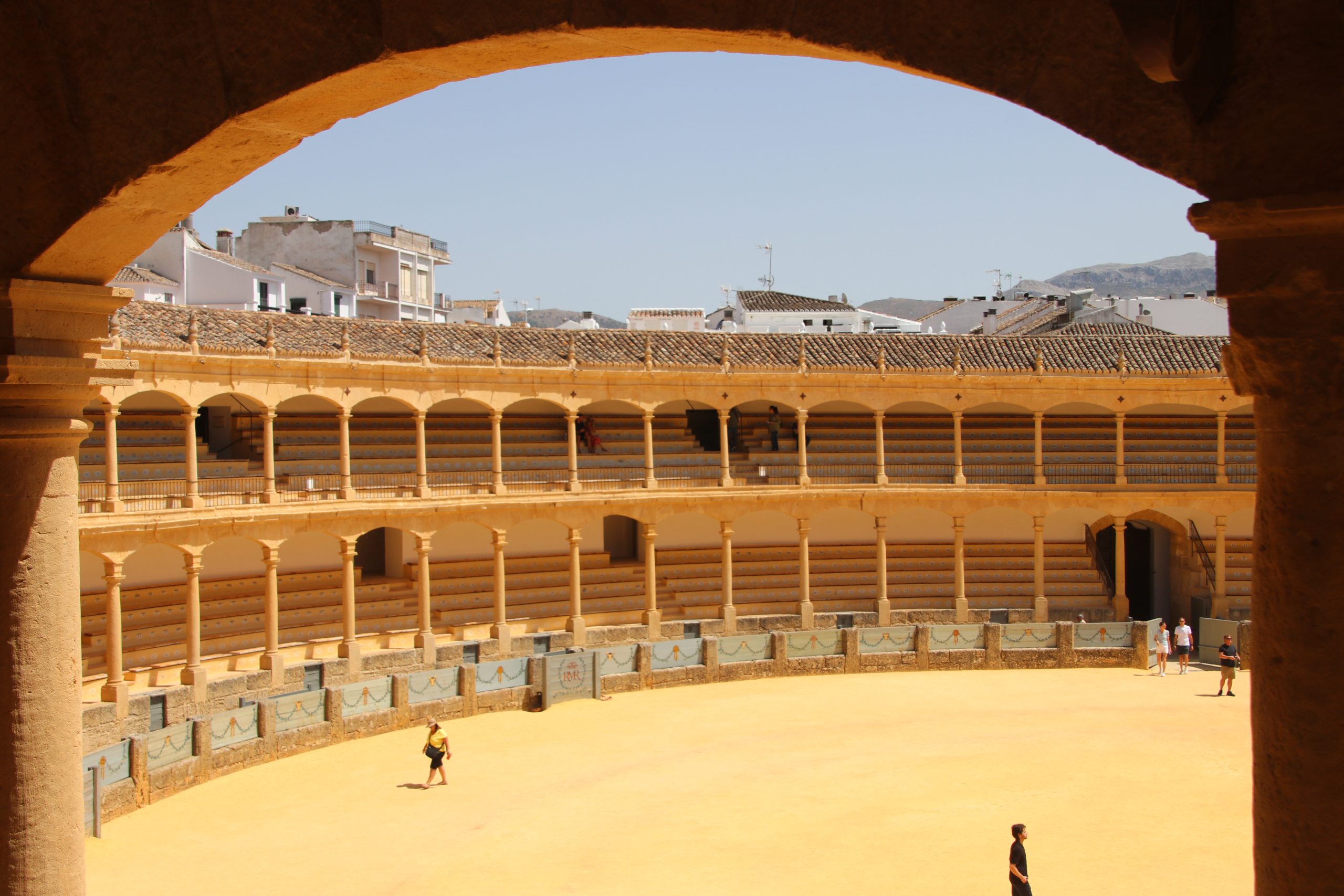
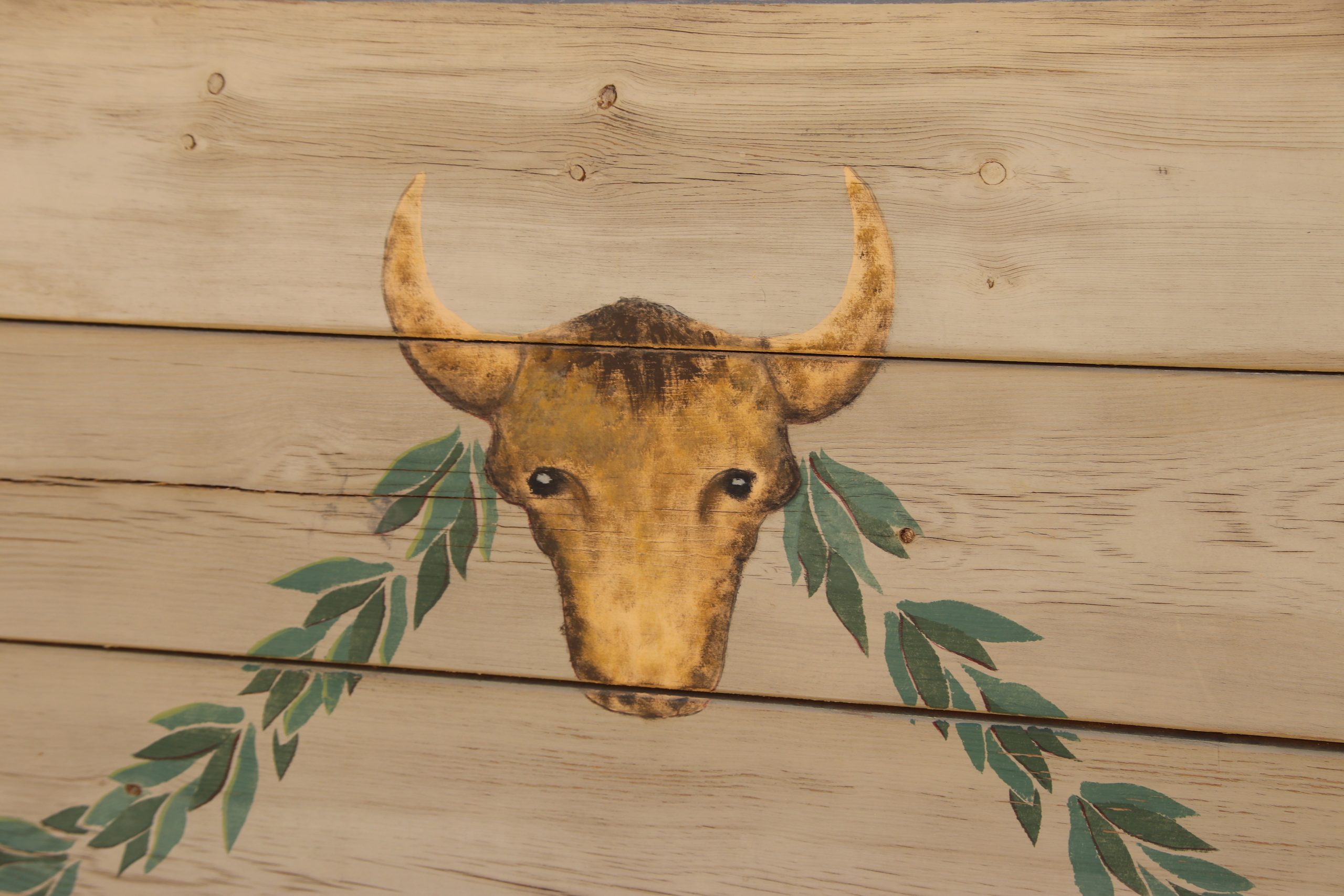
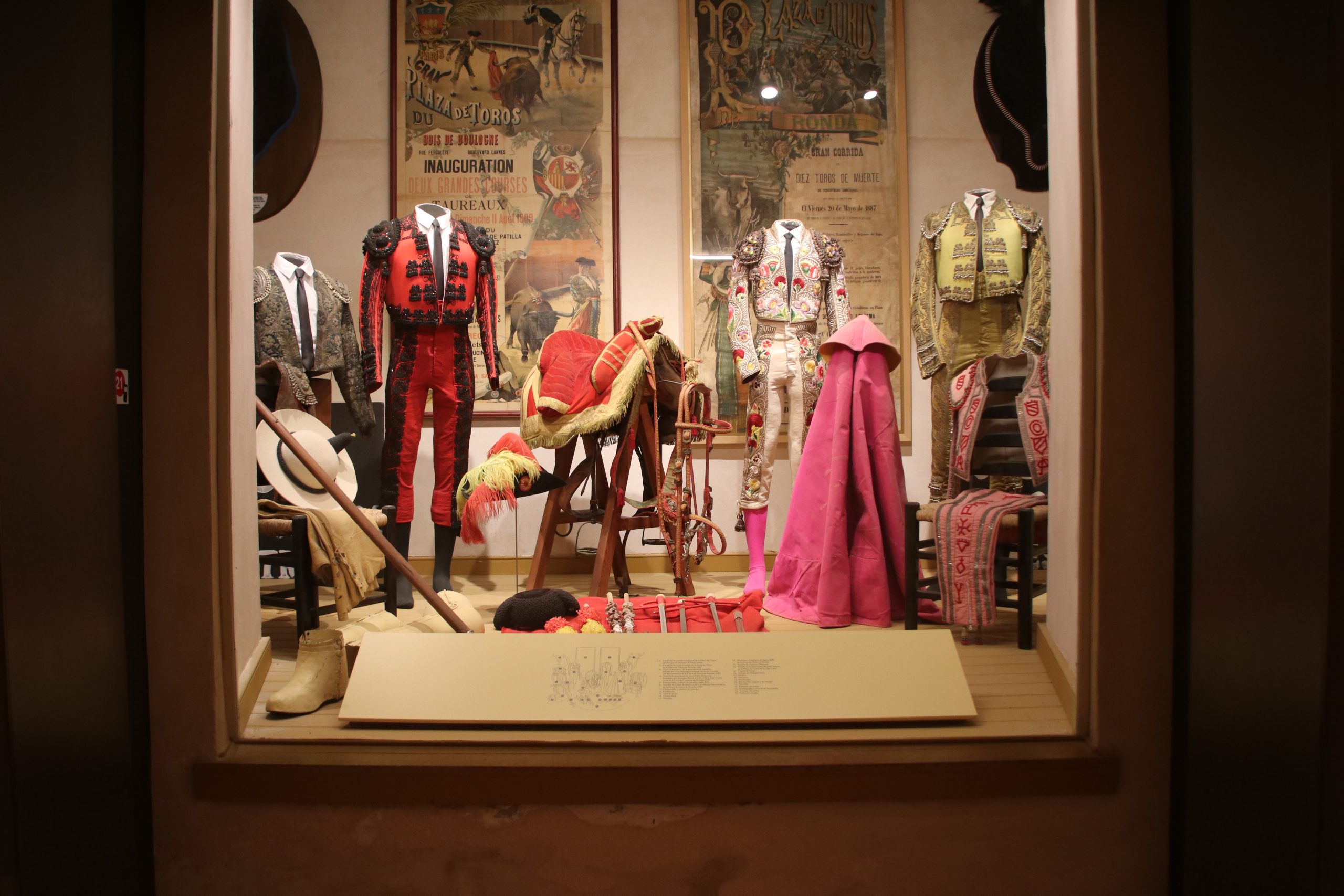
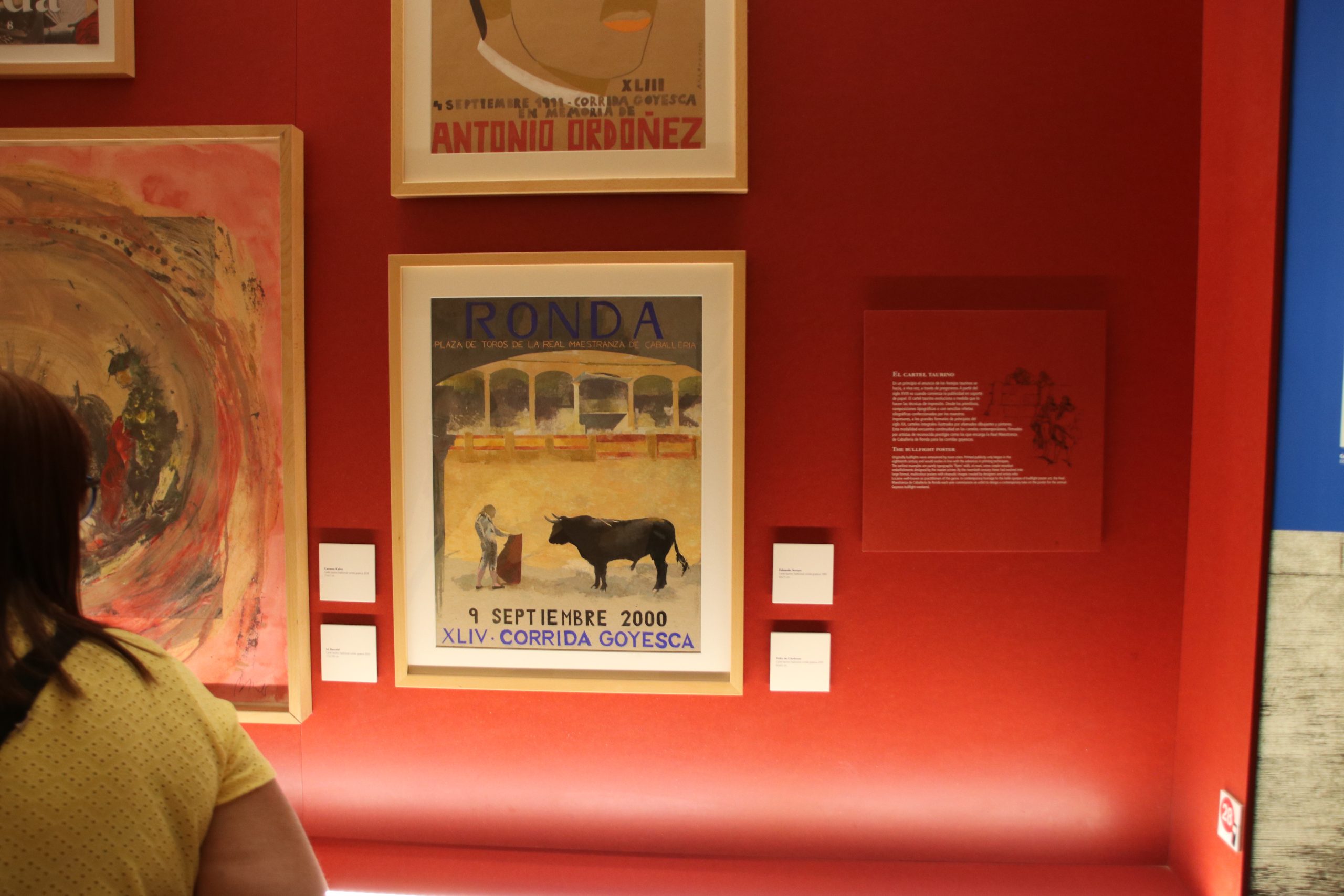
A big effort to breed the bulls
To see actual bulls in Ronda you will have to travel about five kilometres from the city, where the farm Reservatauro is located, home and workplace of the bullfighter Rafael Tejada. On his farm they breed fighting bulls. Visitors are able to visit the farm and see the animals in their natural habitat.
“The bull has always been a symbol of strength, intelligence, and power. He will never give up, he will always fight for his life, and this is something only the bull has. Bulls are a symbol in our culture, I think it’s a part of our history. I think it’s the only way that these races can survive for the future generations.” says Fransisca Bocanegra, who’s doing her eighth season as a guide on the farm.
In a wagon connected to a truck the farm offers visitors a tour through the farmscape. About fifteen people have taken place on the carriage, a young boy hugs a plushie in the shape of a black bull while looking with big eyes at the animals in the herd.
Rafael Tejada is an unusual bullfighter since he does not come from a family practising bullfighting as most of the others choosing this career do. In 2008 he sold his construction business to practise bullfighting and breed bulls instead. At 34 years old he had his first professional bullfight and he’s still active as a matador.
“I think Rafael Tejada gives them the most beautiful life an animal can have. He’s got a lot of respect for the bulls. Respect and honour is very important in the world of bullfights”, Fransisca Bocanegra says.
In the enclosed pasture a bull with big horns looks at the load of tourists, kicking its hooves in the sand, flies swarming around it. The Spanish heat seems to be a hassle for both humans and animals.
“Do you see the blonde one? It’s beautiful, but look at its horns, they are too close together, that is not very desirable if you would want to sell him into a first class bullfight”, Fransisca Bocanegra says. When breeding bulls for the arena, both personality and looks are important. These bulls bred for fighting are known for having a higher temperament and therefore also the will to combat the matadors.
Fransisca Bocanegra talks about the cows during the tour of Reservatauro.
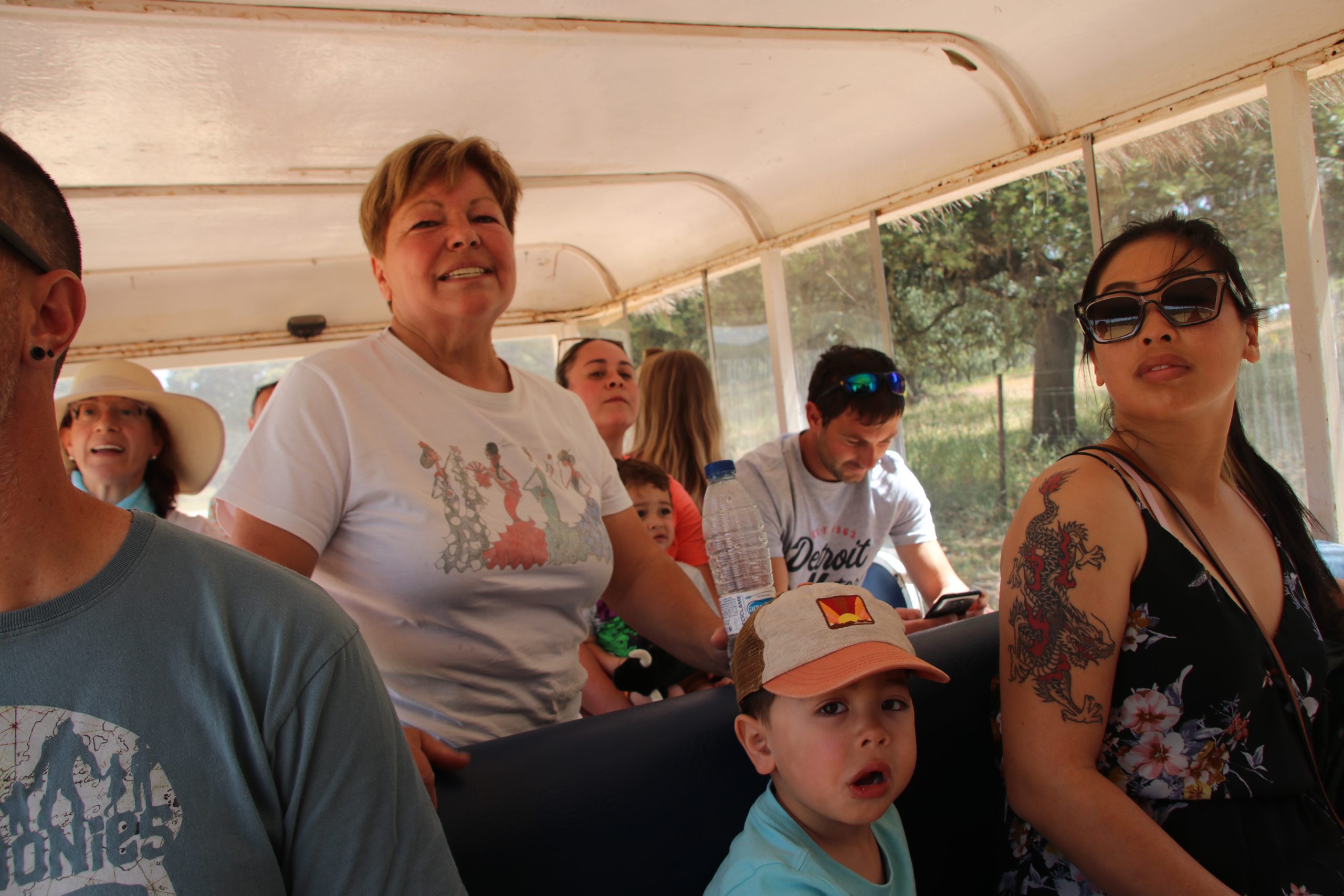
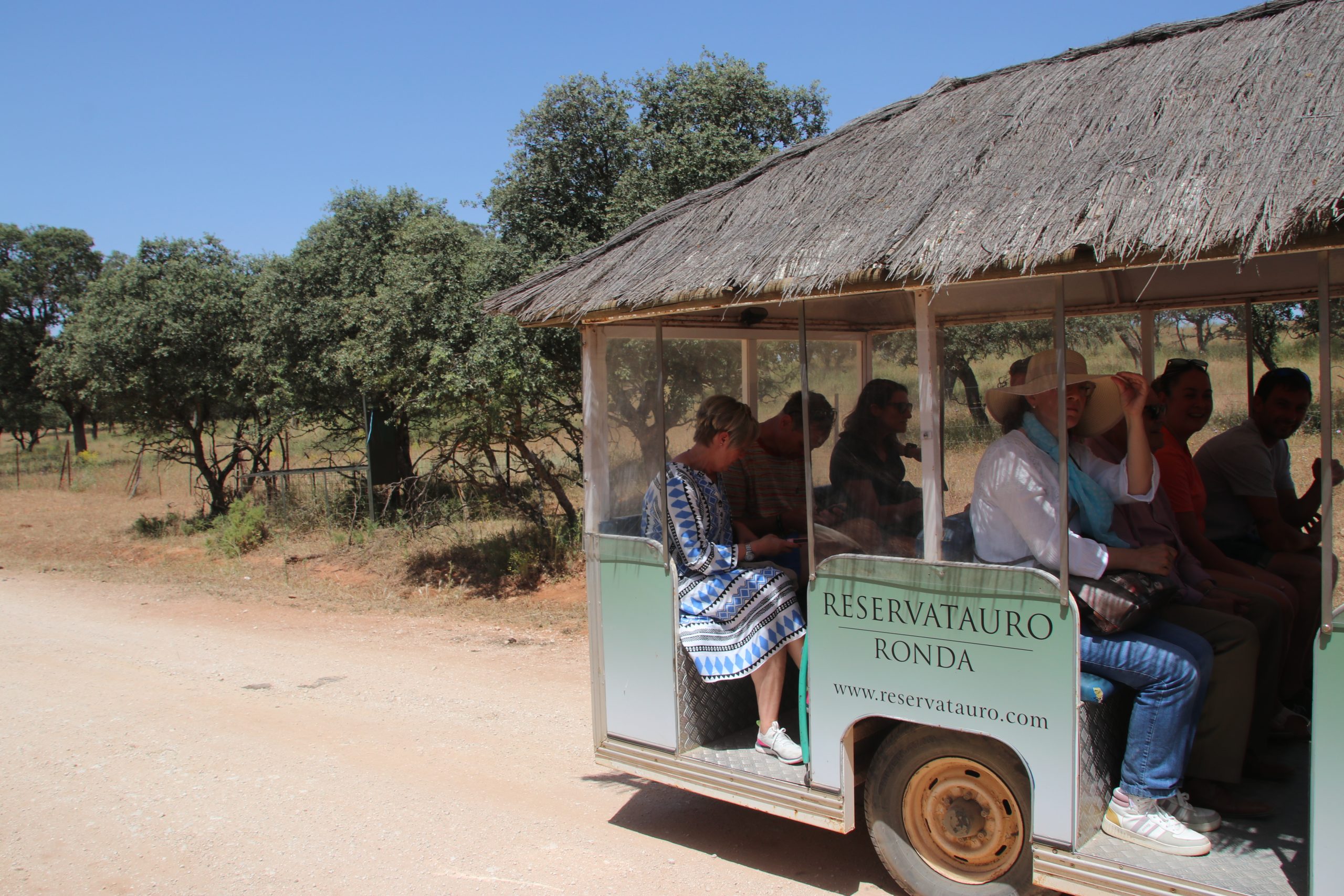
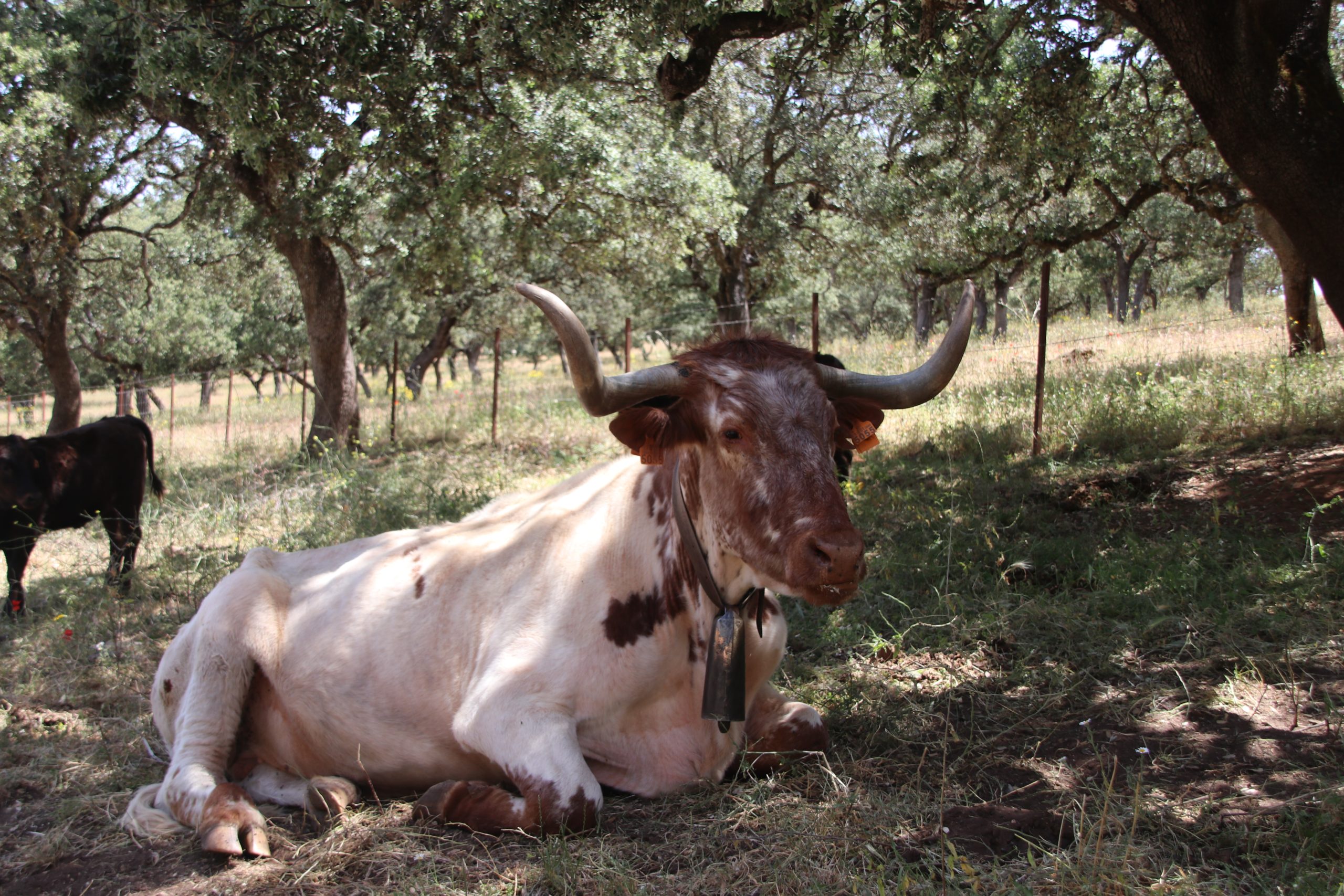
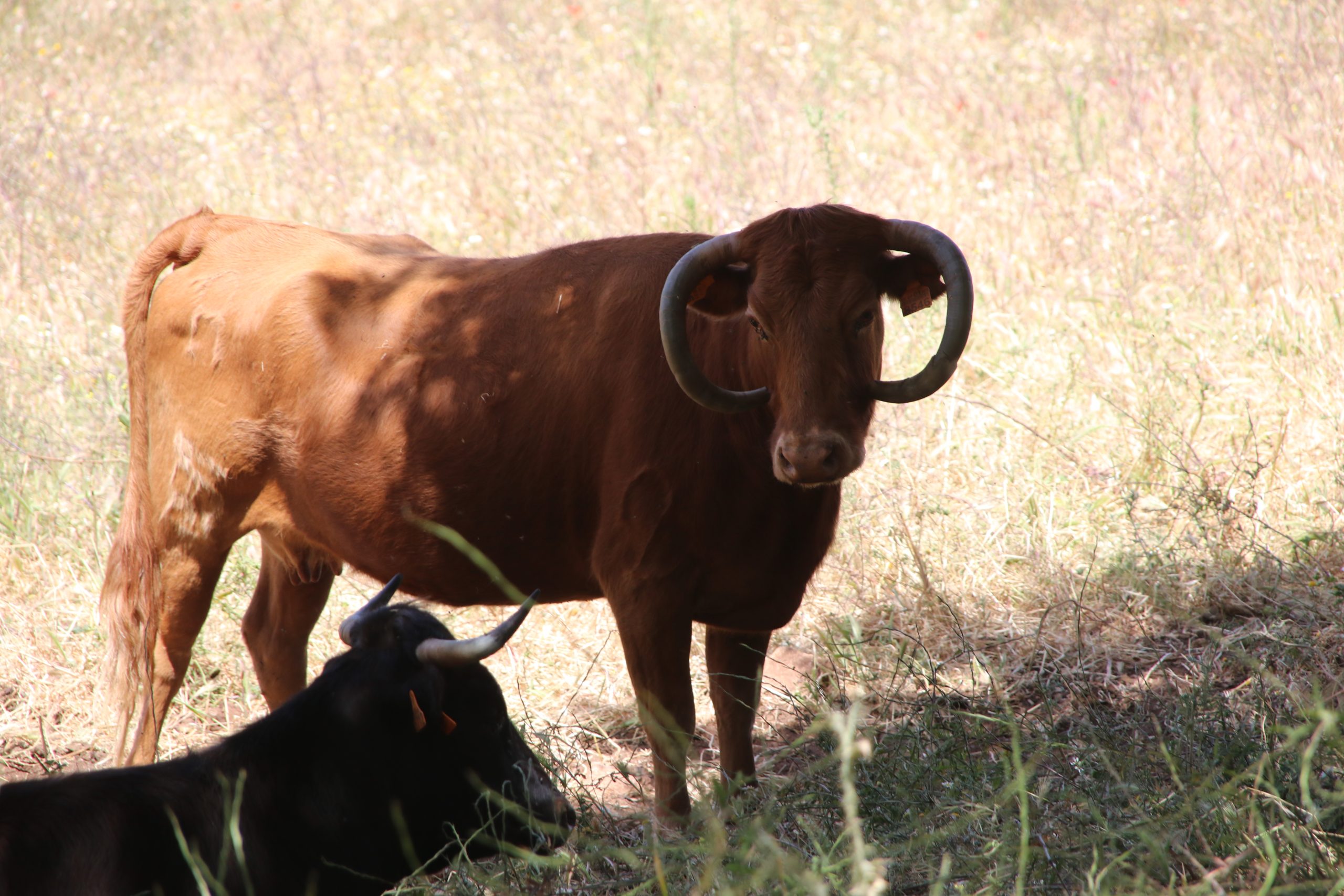
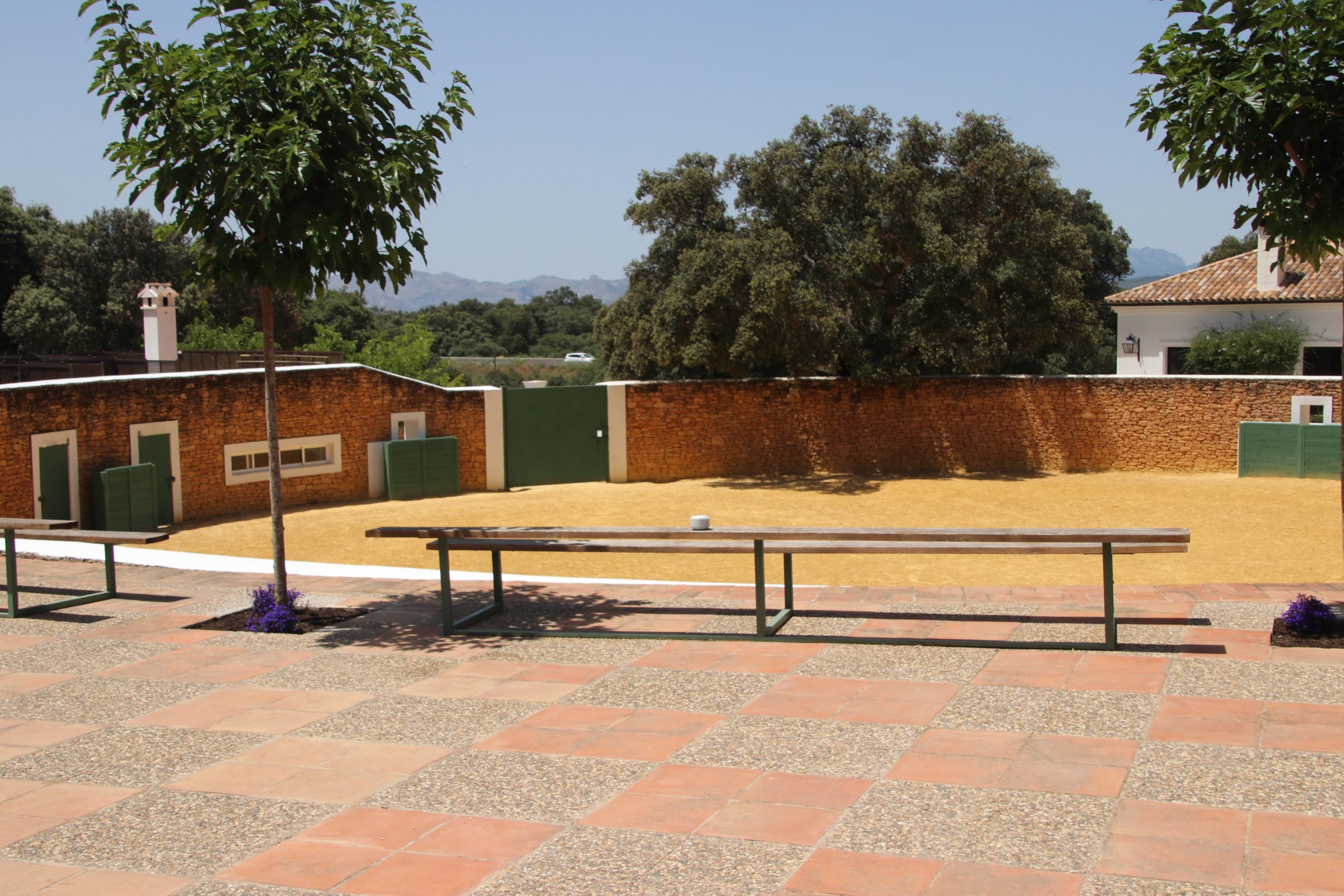
A declining interest
Garry Marvin, who’s a social anthropologist and works as a Professor of Human-Animal Studies at the University of Roehampton has studied the topic bullfights since the seventies and has attended around 600 bullfights, some of them even in the bullring of Ronda. He has noticed a change since he started researching the topic.
“I think the main thing is that there are fewer bull fights per year, and it’s become much more expensive to go to one. I mean bullfighters, the really top ones can command fabulous salaries. I certainly know one bullfighter who earns 500 000 euros in an afternoon”, he says and continues,
“Yes bullfighting has declined in importance particularly for young people, with that said, bullfight schools are full and they are just finishing the last of the ten days of bull fights in Plaza de Toros Las Ventas in Madrid and they’ve been full of spectators every single day”, says Garry Marvin.
But still, during the years 2021 and 2022, only two percent of the Spanish population said to have attended a bullfight and Since 2010 the number of bullfighting festivals has fallen by a third, according to a survey of leisure habits carried out by the Spanish culture ministry.
Even Spain’s cultural minister Ernest Urtasun has spoken out against bullfighting, and this year, he took the decision to eliminate the National Bullfighting Award which was founded by the government. According to him, bullfights are considered animal torture and therefore they should not be rewarded by public money.
“Of course, there are a lot of people that are against bullfights”
Fransisca Bocanegra, the guide at Reservatauro, is aware that there are a lot of people in Spain that have strong opinions about what happens in the arena.
“Of course, there are a lot of people that are against bullfights. But it’s normal because a lot of people don’t know what big effort it is to breed these bulls. In the end, breeding a bull is not easy. You have to invest a lot of money because of the spaces you need. We think that the breeders and the bullfighters are the guardians of this race. Because most of them are like Rafael Tejada. And they breed them without any economic interest.” she says.
Apart from the fact that Spanish people are becoming more aware about the animal welfare, professor Garry Marvin has another theory about the increasing popularity of bullfights;
“It is an event about being a man, what we have in the arena are two males coming together. The sort of values that are expected from a bullfighter, that he stands his ground and does not back down are the archetype of the conservative male. The bullfighter is sort of the super macho among machos” he says and recognises that the younger generation does not hold these values as high anymore.
“It is an event about being a man”
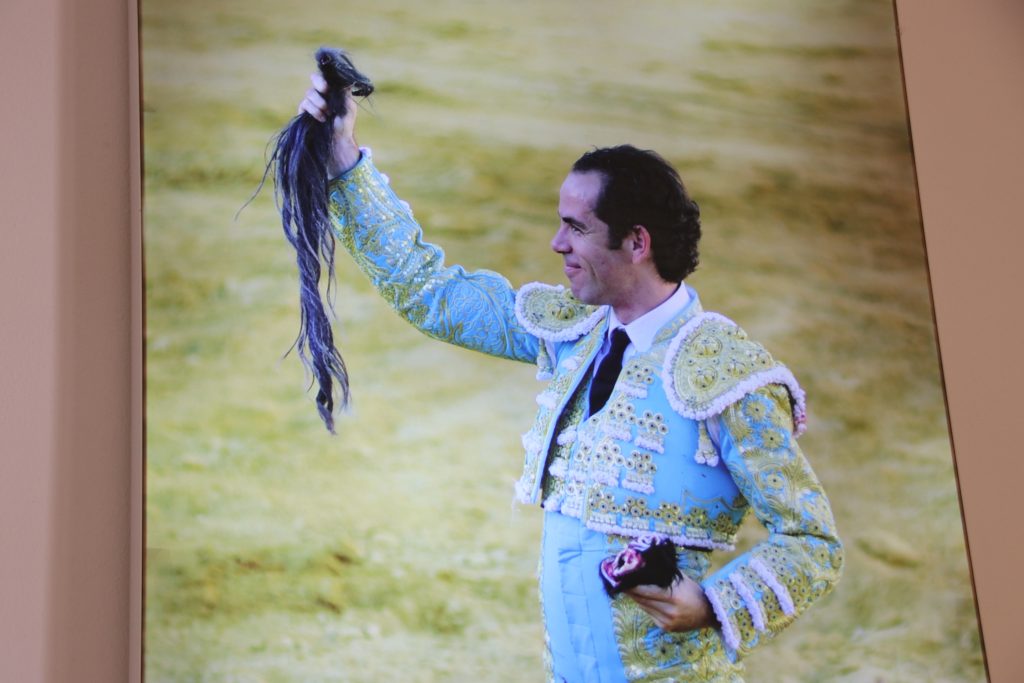
Rafael Tejada, the bullfighter who owns Reservatauro.
Activists against bullfighting
Far away from Spain, in Utrecht, the Netherlands, CAS international has its base. This organisation focuses exclusively on combating bullfighting.
“It might seem a bit strange that we from the Netherlands focus on this topic. But this is because thirty years ago it was normal for Dutch tourists to go to bullfights when visiting Spain. The Spanish animal activists there were worried about it and therefore asked people in the Netherlands to do something about these tourists. So we started just to inform tourists about what they were going to see, and what they were actually contributing to ”, says Maite Van Gerwen, who’s the director and president of the organisation.
Estefanía Pampin Zuidmeer, who’s the vice president of and campaigner in the organisation, grew up in Spain and remembers how they used to show bullfights on TV when she grew up and how horrified she was seeing them.
She also remembers the idolisation of the bullfighters in the media and society when she was a teenager in Spain.
“This image has changed completely. Nowadays it’s really controversial to be a bullfighter. They are ridiculed and also sometimes even seen as clowns. But 30 years ago, this was totally different. It was unthinkable that someone would even have criticism towards the bullfighting sector.” Estefanía Pampin Zuidmeer says.
“It’s just torturing an animal to death in front of the eyes of people for culture and tradition”
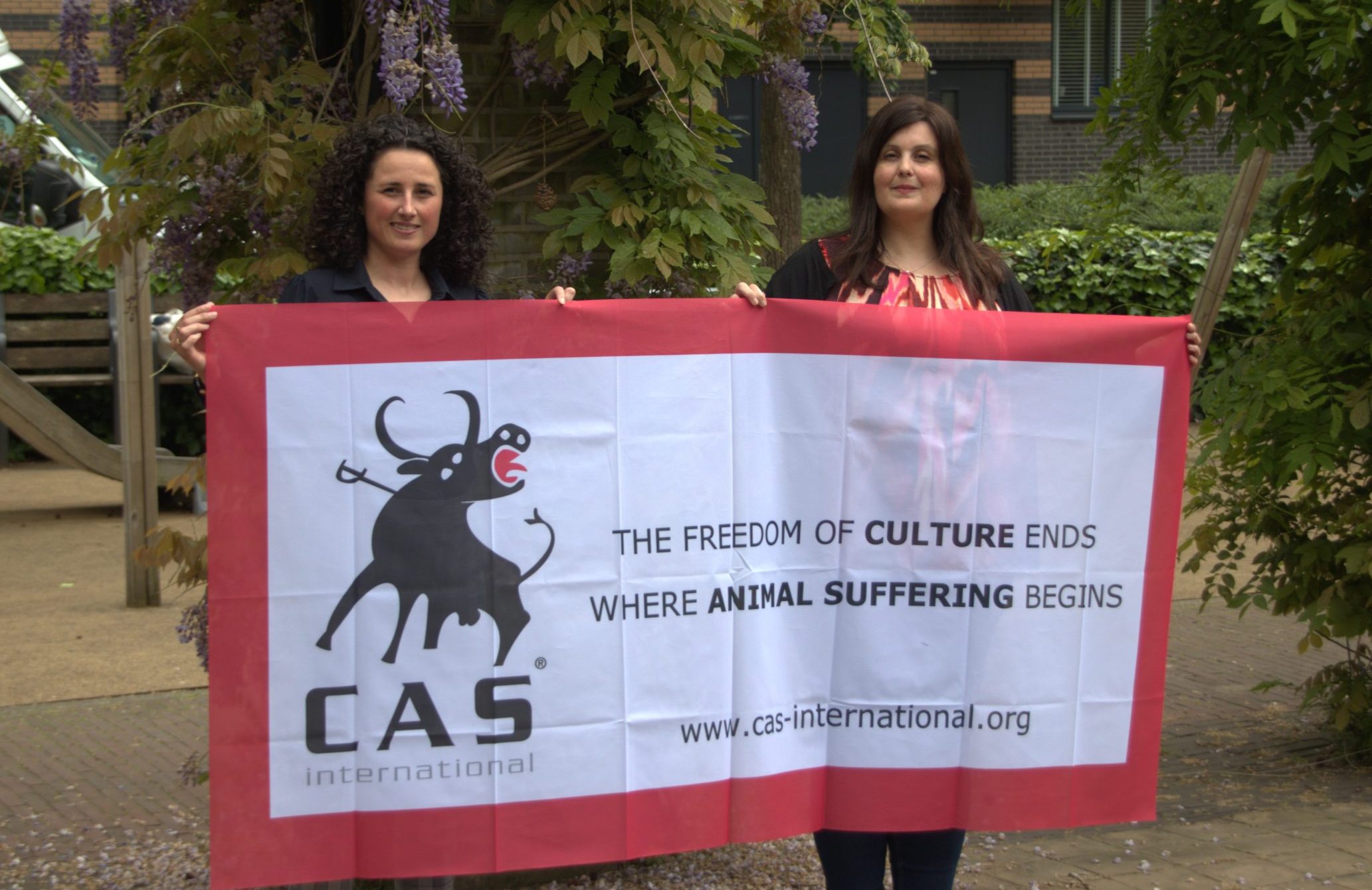
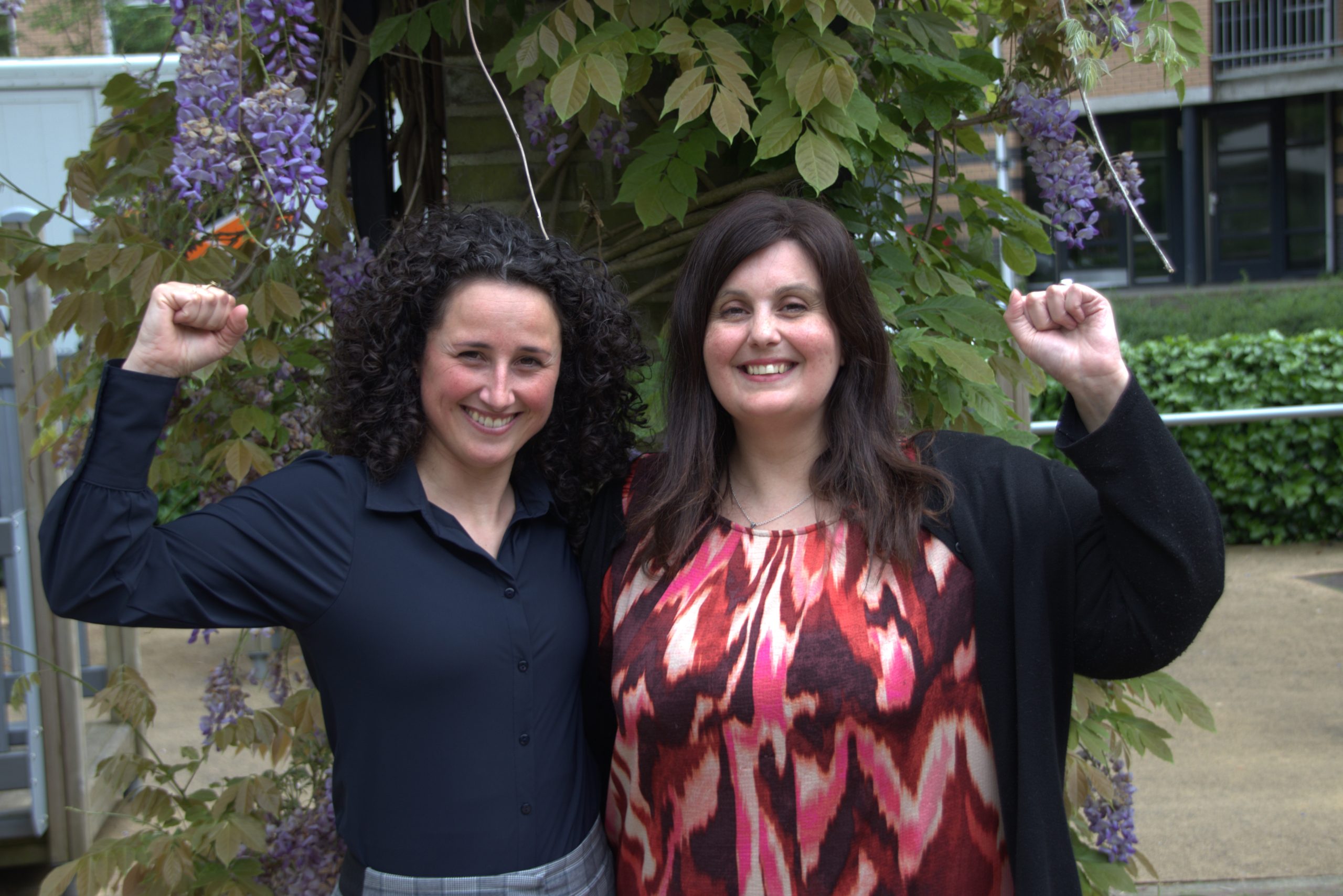
Torture of animals
CAS international advocates for the animals in the bullfights, claiming that this cultural act induces pain and stress for the animals in the arena.
“From the animal welfare perspective we are against it, I mean it’s just torturing an animal to death in front of the eyes of people for culture and tradition. And I think that kind of mediaeval traditions should disappear, ” Maite Van Gerwen says.
The stages of a Spanish bullfight:
A Spanish bullfight has three stages. In the first act there are the so-called picadores on
horses that provoke the bull to charge them at their horses. When the bull is close enough they tuck their lances, also called picas in the bull’s shoulder muscle, this is to weaken the bull for the rest of the fight.
In act two, three people called the Banderilleros work from the ground to place colourful barbed sticks (banderillas) into the bull’s shoulder muscles. This weakens the bull even more and forces it to lower its head. During this the spectators and the matador (the actual bullfighter) judge how brave the bull is.
Act three is where the actual matador, the bullfighter enters the arena and the most well known part of it happens. The bull and matador are alone in the arena. This act is supposed to last for a maximum ten minutes and it’s in this part the matador showcases his skill. He makes a series of passes with the bull with his red cape and when he feels that the bull is ready he stabs it with his sword. In the best case scenario, this kills the bull immediately. Otherwise there is another person who enters the arena and stabs the bull to make sure it’s dead.
Maite Van Gerwen and Estefanía Pampin Zuidmeer emphasise that the killing of the bull is not quick and that the bull has to endure severe suffering during the final stages of its life. A bullfight is usually about twenty minutes long per bull, and during that time the animal is being stabbed several times to enrage it and make it more keen to attack. Per bullfight there are six bulls being killed, and even though the final killing of the bull is supposed to be quick, it usually isn’t.
“There’s the last stage where the matador will come with his long sword. He is supposed to stab the sword from the bulls back into the heart. But usually it doesn’t hit the heart, but the lungs instead. And then the bull is actually not dead and suffocating in its own blood. That’s something that happens in a bullfight, that the bull is coughing blood.” Maite Van Gerwen says.
Estefanía Pampin Zuidmeer adds,
“The last bullfight I attended was in Mallorca with eight bulls. And for almost all bulls it was horrible to watch because the final stab didn’t work immediately, and the animals did not die quickly. They had to do it again and again. Only one bull was immediately dead. The rest of the seven bulls they did not die immediately. It was very hard to watch how it wasn’t working. It was, in my point of view, real torture.” says Estefanía Pampin Zuidmeer.
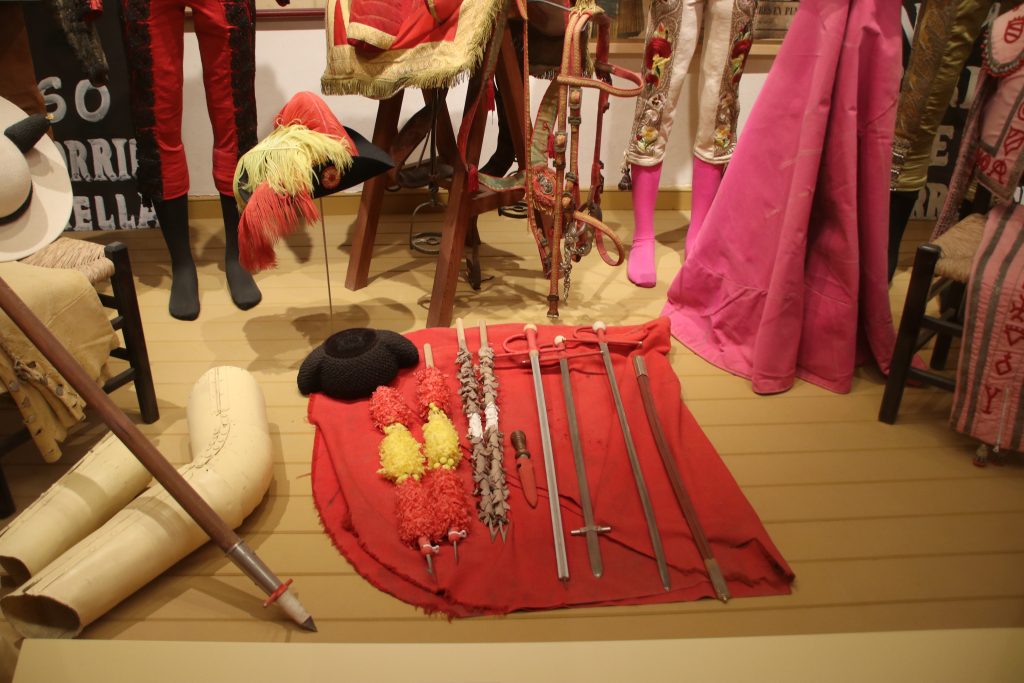
Banderillas at the bullfighting museum in Ronda.
Not only bulls suffer
The two members of CAS international emphasise that it’s not only the bulls who suffer in the arena, but also the horses in the first stage of the bullfight risk great danger.
“We have seen really severe things during bull fights, for example a horse that has his bowels hanging out of his body because he has been stabbed from the bull’s horn”, says Estefanía Pampin Zuidmeer. Garry Marvin on the other hand points out that this is not something that happens often during fights.
“It’s very rare for a picador’s horse to get injured, they’re covered in a thick mat. I’ve been to 600 bull fights and I think I saw one so badly injured that it had to be put down, I don’t think that’s an issue”, says Garry Marvin.
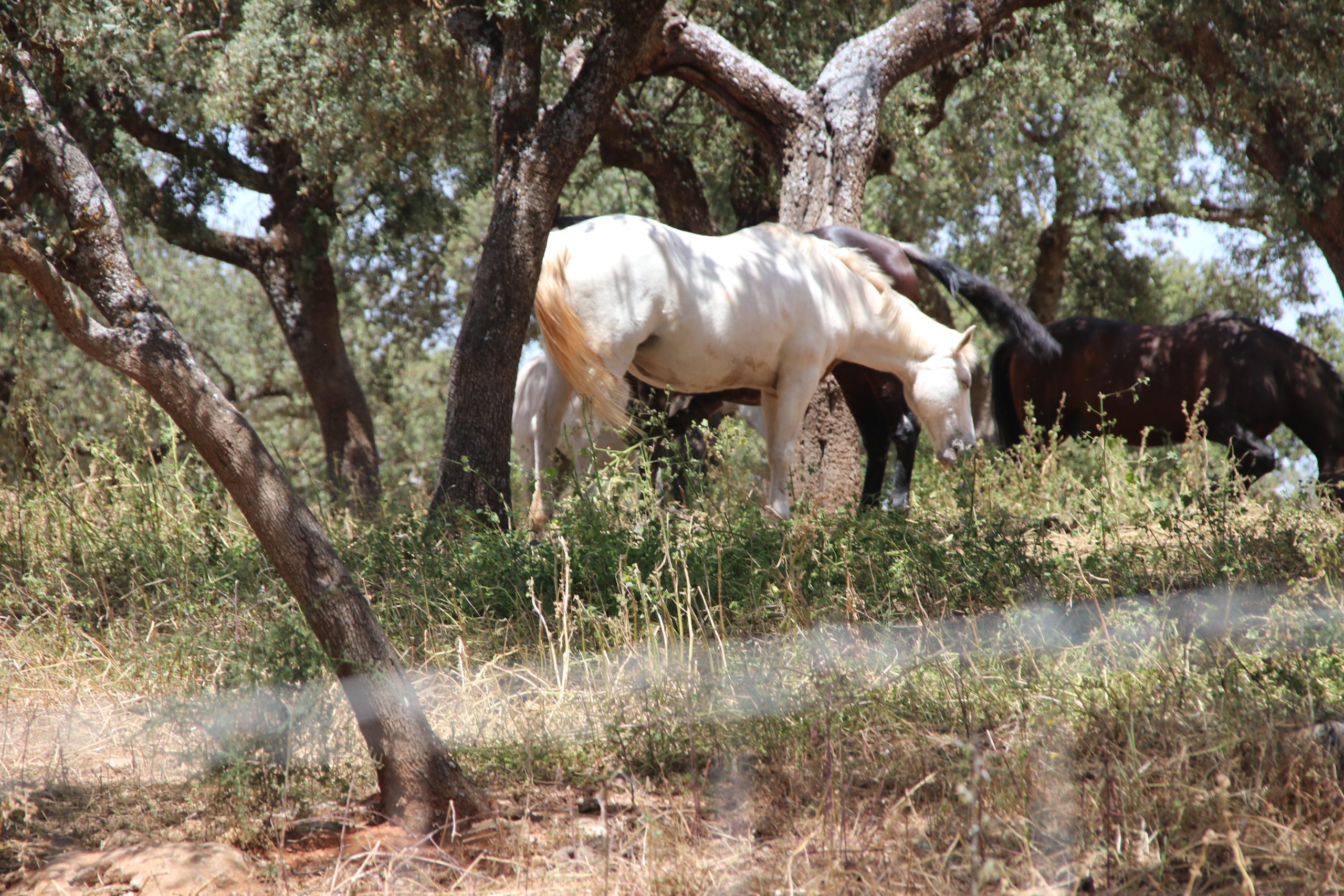
Horses are used in the first stage in bullfighting.
“What is more important, four years living in a paradise or twenty minutes in a ring? ”
Fransisca Bocanegra, the guide at Reservatauro, thinks that the people against bullfights should come visit their farm to learn more about how the animals are treated before they enter the arena.
“I mean, what is more important, four years living in a paradise or twenty minutes in a ring? A lot of animals are not allowed to live like ours.” she shays,
Their bulls are being raised in large pastures on the farm, and have almost no contact with humans until its fatal day in the arena. She does not think that killing the bulls in the arena is different than slaughtering an animal for meat.
“It’s not nice to see an animal die in a ring. But it’s part of the life of the bull. Maybe the most convenient thing would be to bring the bull after the fight into the slaughterhouse. Like all the other animals that we eat.” she says and continues,
“But here at Reservatauro we think it’s very important that the bullfighter risk his life to kill the bull because that shows honour and respect.” Fransisca Bocanegra says and adds that the killing of the bulls is not something that the bullfighter usually enjoys, but it’s a part of an honourable ritual.
But for the members of CAS international, this is not enough to convince them that this cultural tradition should continue. They want to see a full ban on all bullfights throughout the world.
“I think we have to cherish the bullrings and do nice things with them because they are a beautiful piece of architecture. You can use them for a lot of good cultural events with no blood and with no animals suffering, like markets, meetings or concerts. Keep the bullfighting-museums but add the message, ‘never again’”. Estefanía Pampin Zuidmeer says.
